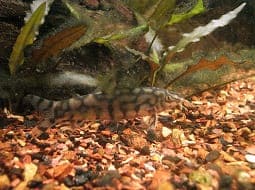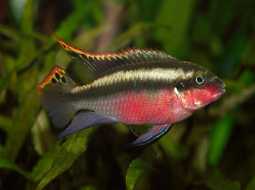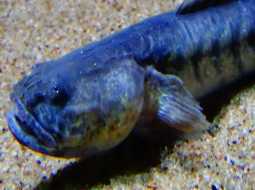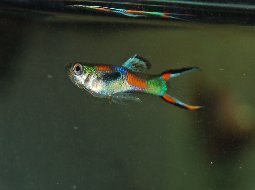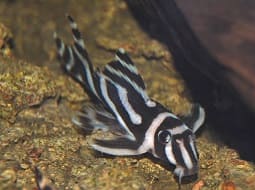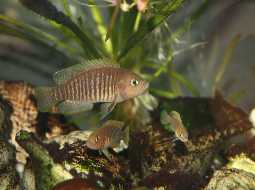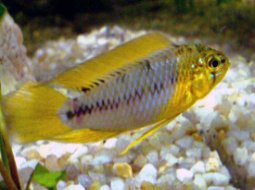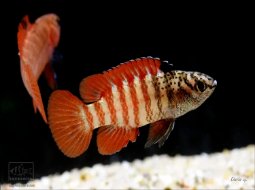
Loading Aqualapp ...
Care and Compatibility of Dwarf marbled catfish - Microglanis poecilus
Introduction
The Microglanis poecilus is a species of catfish belonging to the Pseudopimelodidae family. It is characterized by its elongated and slender body, with a coloration that varies between brown and gray tones. Its fins are transparent and have small dark spots. It is native to South America, specifically the Amazon River basin and other rivers in the region. It is a fish that inhabits calm waters and preferably moderate currents. It is often found in areas with dense vegetation and sandy or muddy bottoms.
Behavior
The Microglanis poecilus is a calm and peaceful catfish. It tends to be nocturnal and moves slowly around the aquarium. It is a shy fish that prefers to hide among vegetation or in caves during the day. It can be sociable with other peaceful fish of similar size. It is important to provide enough hiding spots and shaded areas in the aquarium to make it feel secure and protected.
Sexual Dimorphism
Sexual dimorphism in Microglanis poecilus is minimal and difficult to distinguish. Both males and females have a similar appearance. However, during the breeding season, males may exhibit more pronounced territorial behavior.
Reproduction
The reproduction of Microglanis poecilus in captivity is a rare and poorly documented process. In their natural environment, they reproduce during the rainy season, migrating to flooded areas for spawning. However, reproducing them in the aquarium can be challenging due to the lack of available information. Specialized care is required, such as providing a suitable environment with hiding spots and rough surfaces for egg deposition. Specific details about their reproduction in captivity are still unknown.
Aquarium Conditions
Microglanis poecilus is a species of dwarf catfish that requires an aquarium with hiding spots and open swimming areas. It prefers well-oxygenated water and moderate temperature. Aquarium décor should include rocks, driftwood, and sturdy plants. It's important to provide them with a varied diet and maintain water quality.
Feeding
Regarding its feeding, the Microglanis poecilus is a carnivorous fish. It primarily feeds on small aquatic invertebrates, such as worms, crustaceans, and insect larvae. In the aquarium, it can be offered live or frozen foods, such as daphnia, brine shrimp, or mosquito larvae. It also accepts pellet or tablet foods for carnivorous fish. It is recommended to provide a varied and balanced diet to ensure its good health.
Complexity
Caring for Microglanis poecilus can be moderately challenging. They are fish that need a balanced and varied diet, including live and frozen foods. They require regular aquarium maintenance and are compatible with other peaceful fish.
In case you need more help, or if you want to know into any topic related to the Microglanis poecilus (Dwarf marbled catfish) and even any other species you can use the forums to ask what you need.
To do an analysis more detailed about coexistence and behavior of Microglanis poecilus (Dwarf marbled catfish) use the Aquarium simulation tool, if you do this you can test different ways to combine the Dwarf marbled catfish with other fishes giving the dimensions and space on you aquarium, on this way you can known the optimal configuration for keep the fishes that you want.
You can also find out the 113 species compatible with the Microglanis poecilus (Dwarf marbled catfish) can live together.
Note: The parameters of the water such as PH and temperature are also used to calculate the compatibility of the species.
Compatible species (113)
Compatible (75 Species)
Compatible without any restriction
Similar Sizes (9 Species)
They can coexist if they are the same size or very similar sizes, it does not work in all cases, there may be exceptions.
With Reservation (14 Species)
Compatible in some cases, it depends on the nature and personality of the fish.
It can eat small fish that will fit in its mouth at night if they are sleeping on the bottom.
Showdown over territory (8 Species)
Fish can live together as long as the space is spacious enough to delimit a territory, otherwise there may be aggressions for competing for the territory.
As these fish like to be sheltered in different locations in the aquarium, whether in plants, logs, rocks, etc., if another fish tries to enter where it is hidden, there could be confrontations for that shelter.
Considerable size difference (2 Species)
It is not recommended to put them together, since both fish occupy the bottom area of the aquarium and can have a great difference in size between the two species.
They can coexist while they are similar in size or the size difference is not very abysmal, since as the fish grows it increases the chances of eating its partner that did not grow much.
Compatible if space is enough (5 Species)
They can coexist together if the aquarium they share is large and spacious enough for both species to feel good, as some fish may attack others to feel that they have little space and try to eliminate the competition.
Dwarf marbled catfish
Microglanis poecilus

- Ph: 6 - 7.5
- Temperature (c°): 21 - 26
- Measures: 8 cm
- Aquarium Capacity:
12 Liters - 3 Gallons - Alimentación: Carnivores
- Colores: Brown, Gris
- Comportamiento: Likes to take refuge, Night, Peaceful
- Habitad: American
- Morfología: Thorns or pointed
- Preferencias del Acuario: Logs, Natural plants, Rocks
- Tamaño: Small
- Taxonomía: Fish
- Tipo de Agua: Sweet water, Tropical waters
- Velocidad de nado o movimiento: Normal
- Zona de Nado: Aquarium background

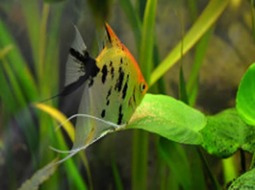
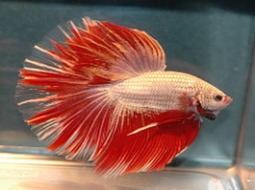
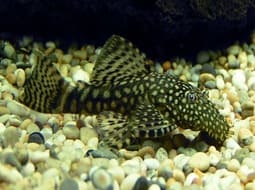

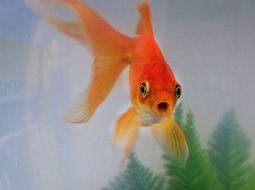
.jpg)
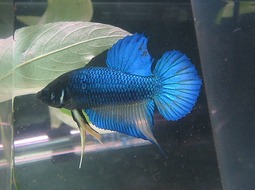
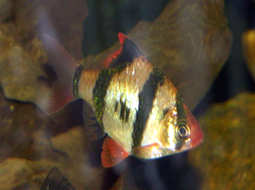
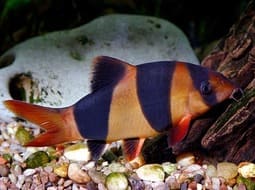
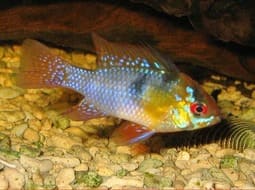


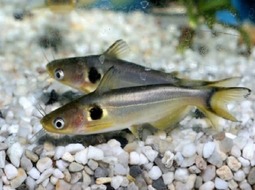
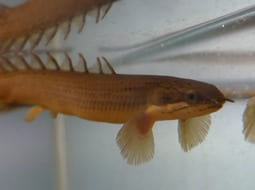
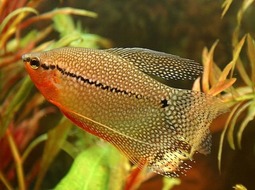
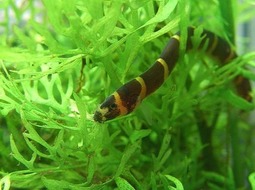
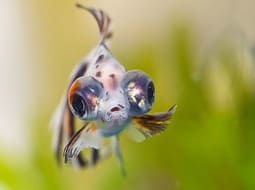
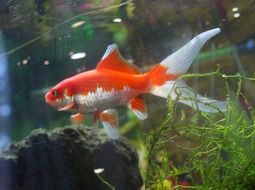

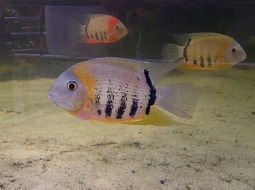
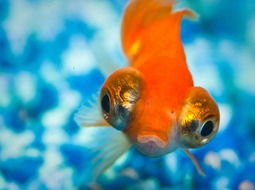
.jpg)
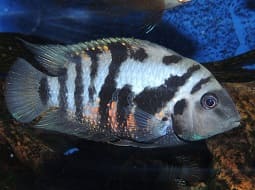



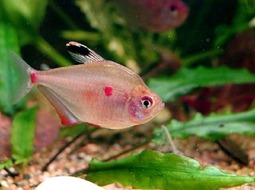

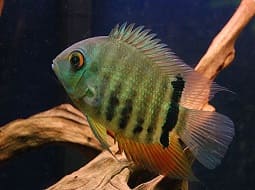
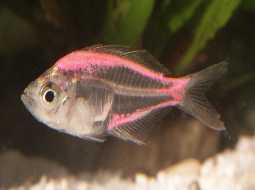
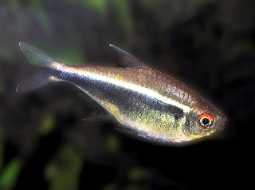

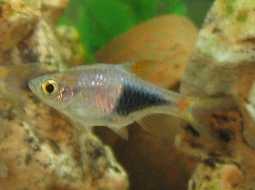
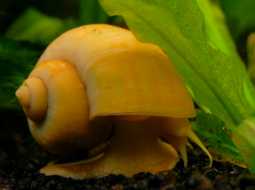
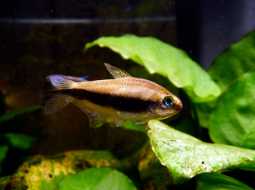
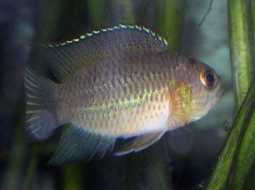

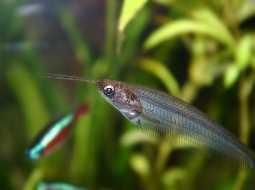
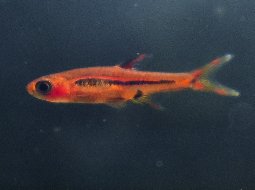
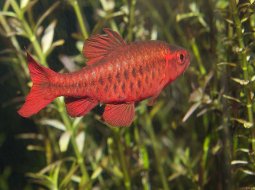


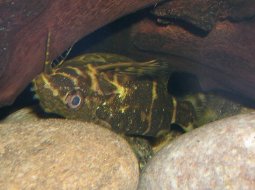
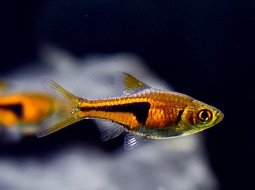

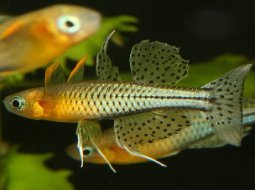

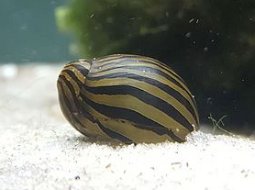


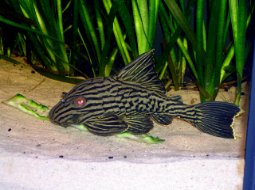
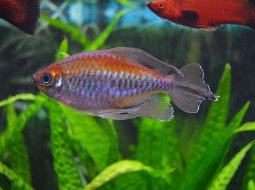

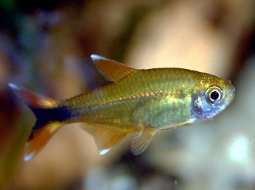
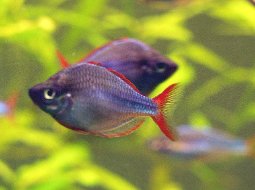

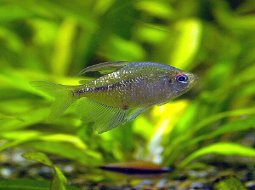



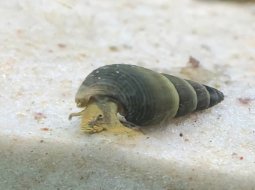
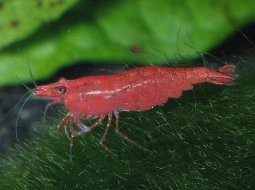
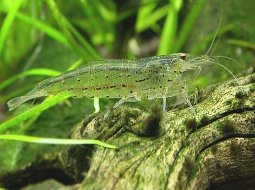
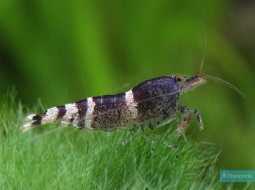

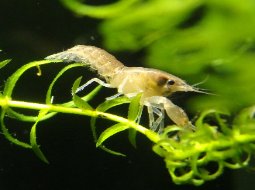
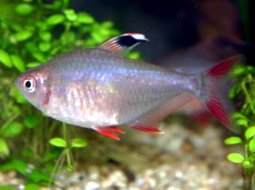

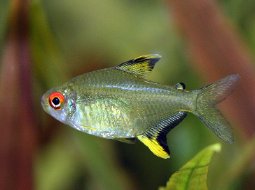
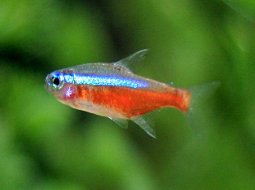
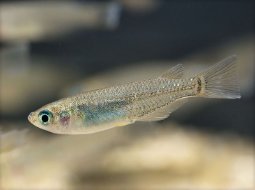
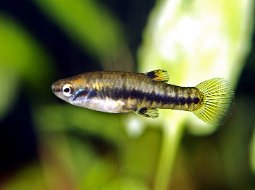
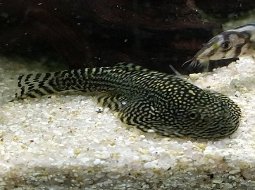
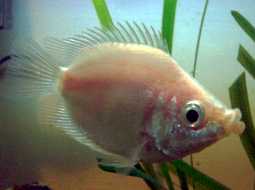
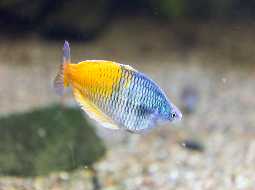

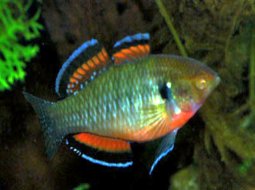




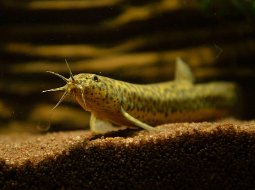
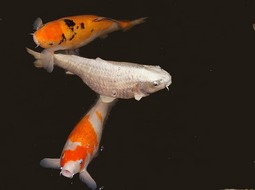

.jpg)
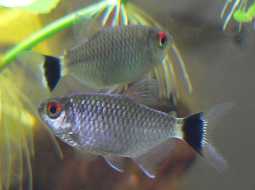
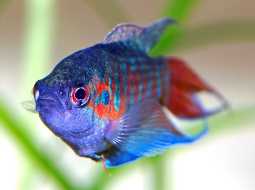
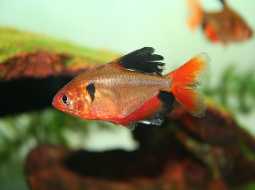




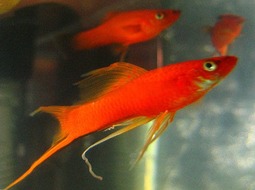
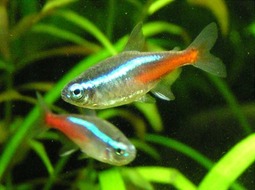

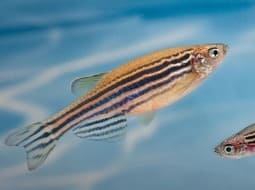
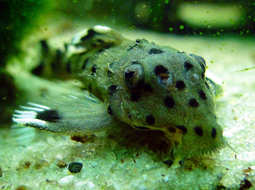

.jpg)
